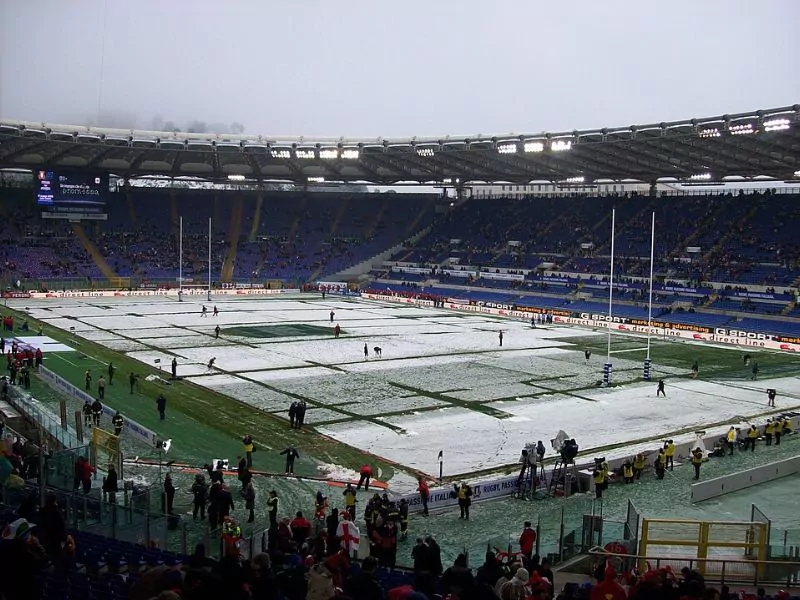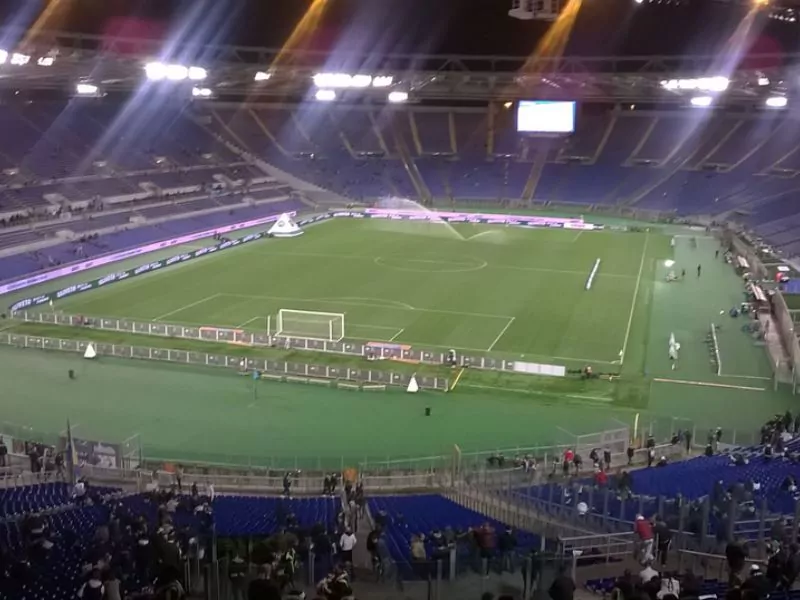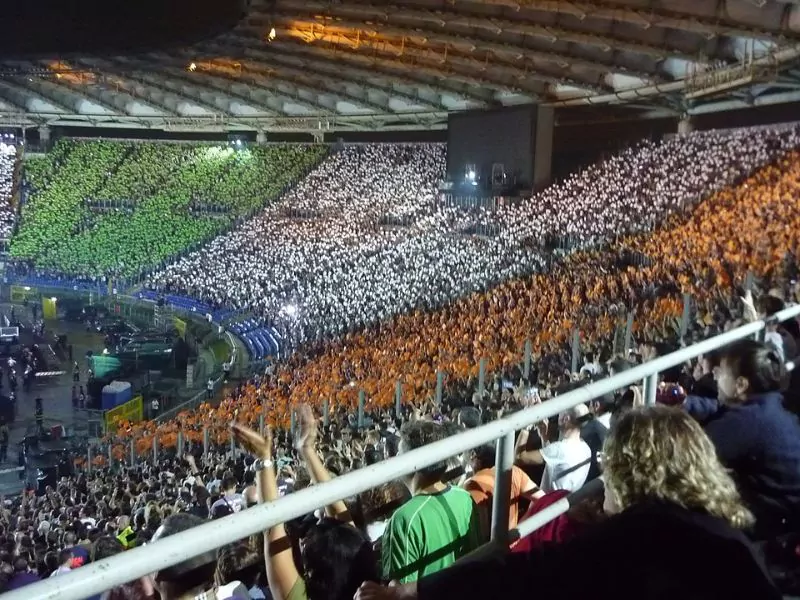Introduction
Step into the roaring arena of Italian football, where the Derby della Capitale pitches AS Roma against SS Lazio in a powder-keg of colour, pride, and seismic noise. More than a match, this fixture sets the Eternal City ablaze with anticipation—painting the streets in crimson or sky blue, igniting debates in cafés, and dividing colleagues, neighbours, and even families for ninety passionate minutes.
This is not just football—it’s theatre, ritual, and emotional warfare in one Roman cauldron. The stakes are rarely about titles or tables; they’re about supremacy in the city, about who owns the week’s bragging rights, about whose flags will fly higher on Monday morning.
Played twice each Serie A season—once with Roma as the designated home side, once with Lazio—and often re-ignited in Coppa Italia ties, the derby accounts for four sell-out nights at the Stadio Olimpico every year. These aren’t just games; they’re events circled in red by fans, broadcasters, and authorities alike.
Birth of a Rivalry — 1927 and the First Clash

The Derby della Capitale traces its roots to 1927, when Fascist sports official Italo Foschi merged three local clubs—Roman, Fortitudo and Alba—into the newborn AS Roma. Lazio, founded in 1900, refused absorption. On 8 December 1929 Roma won the first official derby 1–0.
Geography and class soon polarised support: Lazio’s fan‑base clustered in northern districts and military families, while Roma drew the working‑class suburbs south of the Tiber. Those invisible borders remain vivid almost a century later.
Inside the terraces of Testaccio—Roma’s first ground—the contest spilled into daily life: butcher shops painted their scales giallorosso, while Lazio partisans held training parades along the Tiber embankments. Newspaper Il Littoriale framed the new derby as a civil war that would ‘decide the capital’s heart’.
Curva Sud vs Curva Nord: Colour, Chants, Choreography

Match‑day begins hours before kick‑off. Roma ultras in the Curva Sud raise giant banners of the Capitoline wolf, ignite crimson smoke and belt ‘Roma, Roma’ a cappella. Across the bowl, Lazio’s Curva Nord responds with eagle mosaics and sky‑blue flares. The Teflon roof rebounds chants, turning the Olimpico into a coliseum of amplified heartbeats.
Choreography is art, defiance and identity rolled into one. The ultras’ lexicon includes “odio sportivo”. Ultras spend months planning mosaics, pooling funds through fan clubs to pay for fabric, paint, and thousands of coloured cards. A single display can involve 300 volunteers and overnight work inside the stadium to keep the design secret until kick‑off.
Infamous Flashpoints and Unforgettable Goals
High stakes breed drama. In 1979 Lazio supporter Vincenzo Paparelli died after a flare was fired from the Sud—Serie A’s first stadium fatality. On the pitch, Giuseppe Giannini’s curling winner in 1989, Paolo Di Canio’s iconic scissor‑kick in 1999 and Francesco Totti’s camera‑selfie in 2015 extend the derby’s highlight reel.
Each clash threatens red cards, last‑minute twists and tabloid‑filling controversy. Beyond the icons, lesser‑known heroes earn cult status: Marco Delvecchio’s header in 2002, Juan’s diving nod in 2010, Felipe Anderson’s touch‑and‑shoot in 2022. Each moment feeds a YouTube afterlife that inducts new generations into the saga.
Security, Ticketing and Modern Logistics

Declared high‑risk by the Ministry of the Interior, the match triggers thousands of police deployments. Away allocations are capped at 4 000; biometric turnstiles verify ID cards; cordons guide rival corteos along separate bridges. Online ticketing closes 48 hours early to allow background checks, yet demand still outstrips supply within minutes of release.
Since a 2007 security decree, alcohol sales within 1 km of the Olimpico cease six hours before kick‑off. Metro line A adds extra frequencies, and drone surveillance scans the nearby Foro Italico to detect flare launchers. Coordinated stewards inside the bowl relay flare‑spotting alerts directly to the match commander’s control room, ensuring rapid response.
Cultural Echoes — How the Derby Shapes Rome
Derby week colours cafés, bakeries, and even bus-stop debates. A win brings bragging rights; a loss, collective gloom. For Romans abroad it reignites pride; for visitors, it’s a crash course in local loyalty. The derby della capitale reflects the city—chaotic, passionate, and gloriously alive.
The phrase ‘chi perde non cena’—“who loses skips dinner”—captures just how personal the result feels. When Roma thrashed Lazio 5–1 in 2002, blue flags were found dumped across the city. In 2013, Lazio’s Coppa Italia triumph sparked all-night celebrations in Piazza del Popolo.
Few matches shape a city’s mood quite like this. Win or lose, the derby remains Rome’s fiercest heartbeat.
